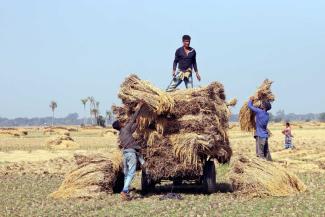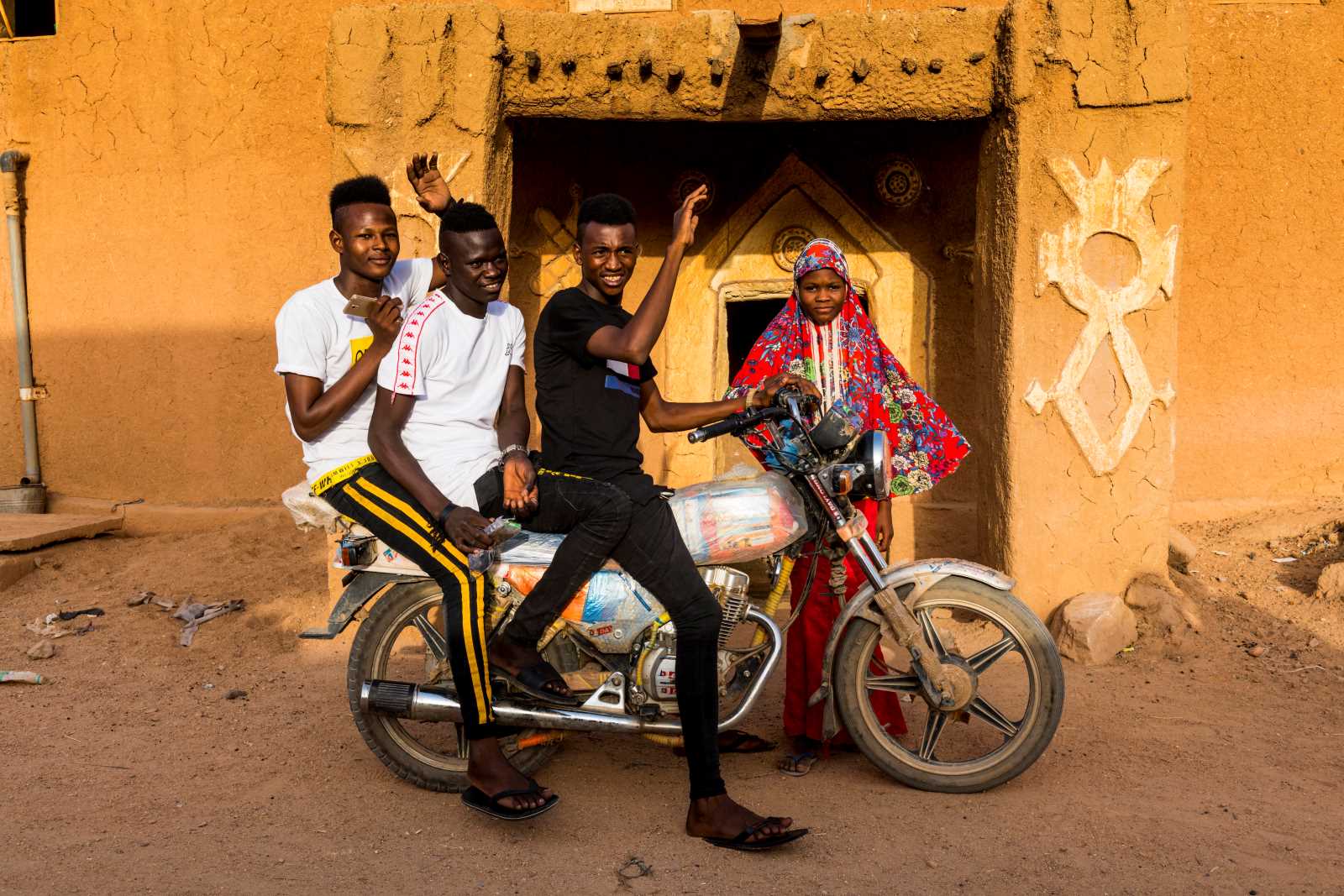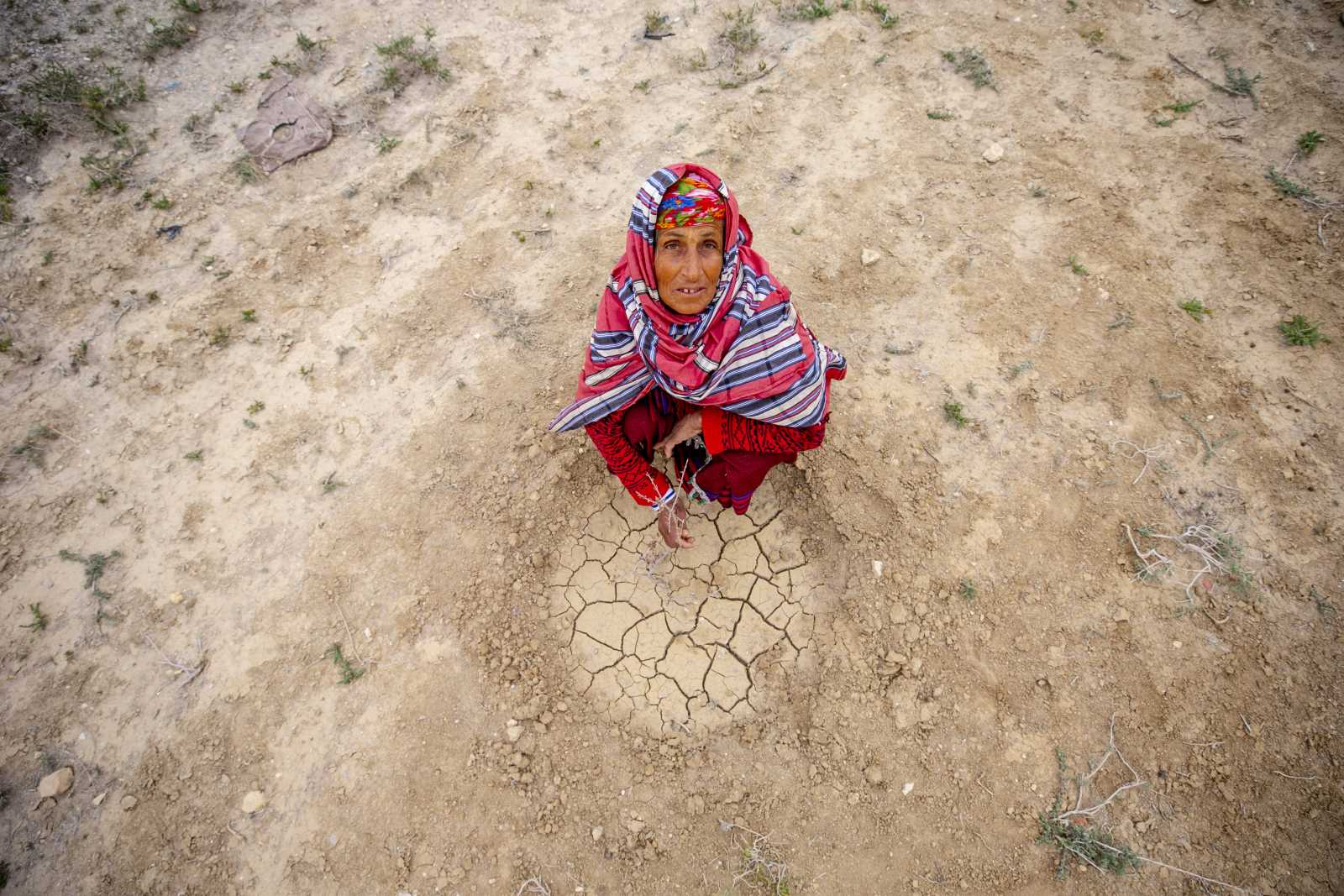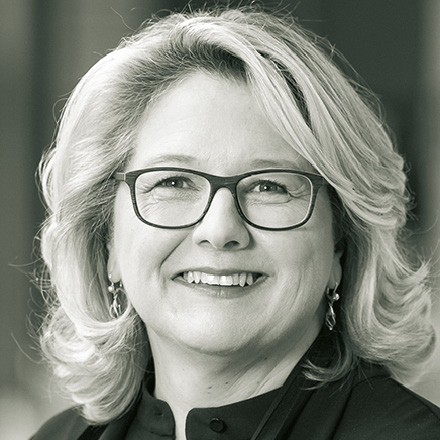Finance
Inclusive insurance for everyone

After two years of pandemic, the global economy is recovering, but only slowly and unsteadily. The World Bank estimates that as many as 120 million additional people will suffer extreme poverty because of coronavirus. At the same time, the climate crisis threatens billions of people in the global south whose livelihoods depend agriculture. Only a small share of the world population has access to adequate insurance protection against major risks such as disease or crop loss (see Markus Kaltenborn and Laura Kreft on www.dandc.eu on the proposal of a Global Social Protection Fund).
Insurance for the lowest income groups used to be called “microinsurance”. Now, it more commonly refers to as “inclusive insurance”. The term means affordable insurance that is accessible to all, especially people with earnings slightly above the poverty line. Without protection, their risks of falling below it again are very high.
Inclusive insurance includes individual contracts (microinsurance), regional or state insurance systems (health or agricultural insurance, for example) and international systems (such as ARC – African Risk Capacity, see Chinedu Moghalu’s 2017 contribution on www.dandc.eu). The greater the number of people insured and the wider their regional distribution, the more feasible it becomes to spread risks. Private insurances are based on the premiums customers’ pay. Premiums are calculated using a formula that takes account of:
- the possible volume of claims,
- the probability of occurrence,
- insurance company’s operating costs and
- a profit margin.
However, not everyone can afford such a premium, so public subsidies often come into play. The spectrum of inclusive insurance thus ranges from purely private schemes to PPPs (public private partnerships) and governmental social-protection systems (see Markus Loewe’s article on www.dandc.eu).
Inclusive insurance developed in waves. At the turn of the millennium, life insurance played a major role. It was often liked to loans taken from microfinance institutions (MFIs). Later, mobile phone companies started distributing insurance policies, often in attempts to boost customer loyalty. In the wake of digitalisation, inclusive insurance is now increasingly integrated in online platforms such as Indonesia-based Gojek.
Only a minority are insured
In the countries of the global south, there is still scope for improving access to inclusive insurance. This is confirmed by the Microinsurance Network’s “Landscape of Microinsurance 2021” study, which found that inclusive insurance reached only six percent to 14 % of the target population in 30 different countries (Merry 2021). Health insurance was the most widespread form of cover, followed by accident, life and credit insurance.
Market development
A growing number of governments around the world understand the importance of insurance for sustainable economic development. As the Access to Insurance Initiative reports, 40 countries now have regulations promoting both the supply of insurance and the demand for it, including inclusive insurance.
A key challenge is to get insurance providers interested in low-income target groups. Corporate managers need to realise that the lower end of the market offers the most growth opportunities, while the top end tends to be saturated.
There is a big challenge on the demand side too. It is that people with low incomes spend money only on things that are absolutely necessary, and they are not keen on investing in protection against something that may never happen and that they do not even want to think about.
In the case of agricultural insurance, the chances of reaching a large number of people improve if insurance:
- is supported by the respective government and
- includes additional services.
The Indian agricultural insurance scheme PMFBY, for instance, insures millions of farmers. The state supports the programme by subsidising premiums. Examples from the Caribbean also show that a society’s resilience is strengthened generally when diverse instruments of risk management are combined. The private and public sectors should cooperate closely.
National Financial Inclusion Strategies are most promising. They involve different stakeholders and help to develop insurance markets in a strategic way. At the same time, regulators need to stay on top of technological developments in order to maintain a healthy balance between consumer protection and an innovation-friendly environment.
Unfortunately, the coronavirus pandemic has weakened global financial inclusion. On the upside, it opens up opportunities for digitalisation (see box) and more PPPs. Notable initiatives include:
- the InsuResilience Global Partnership,
- the Insurance Development Forum, and
- the UNDP (United Nations Development Programme) Insurance and Risk Finance Facility launched in 2021.
The InsuResilience Global Partnership aims to extend climate insurance cover to 500 million more people by 2025 – and the UNDP project supports it in this.
The insurance industry has an important role to play in achieving the UN Sustainable Development Goals (SDGs). So far, its relevance has been underestimated. By making risk management affordable, it boosts societies’ resilience. Insurance should therefore be high on the international development agenda. For the benefit especially of vulnerable groups, its full potential must be tapped.
Links
InsuResilience Global Partnership Vision 2025:
https://www.insuresilience.org/wp-content/uploads/2021/11/vision2025_211022.pdf
Merry, A., 2021 (published by Microinsurance Network): The Landscape of Microinsurance.
https://microinsurancenetwork.org/resources/the-landscape-of-microinsurance-2021
Munich Re Foundation – Inclusive Insurance:
https://www.munichre-foundation.org/en/Inclusive_insurance.html
Dirk Reinhard is Vice Chairman of the Munich Re Foundation.
dreinhard@munichre-foundation.org














